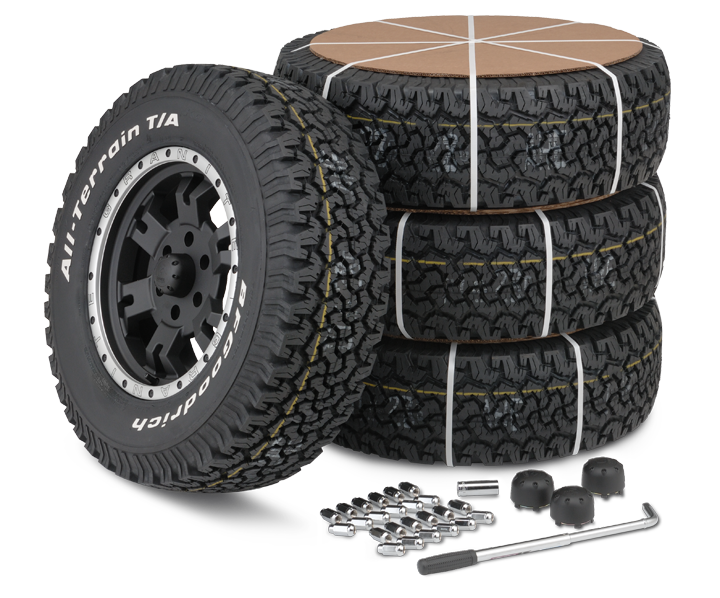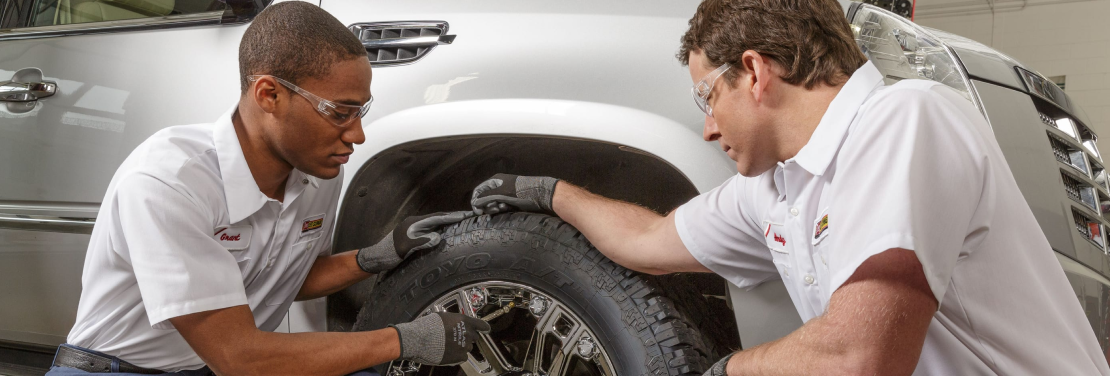Tire Service: Understanding Tire Pressure Surveillance Systems
Comprehending Tire Pressure Tracking Equipments (TPMS) is an important facet of keeping optimal automobile efficiency and safety on the roadway. With advancements in automobile technology, TPMS has actually come to be a basic attribute in modern automobiles, providing real-time info on tire stress degrees.

Relevance of TPMS
The significance of Tire Pressure Tracking Systems (TPMS) hinges on their capability to improve lorry safety and performance via real-time tracking of tire stress degrees. Maintaining the correct tire pressure is vital for making certain optimal handling, braking, and general safety and security of a vehicle. TPMS offers motorists with prompt feedback on any underinflated or overinflated tires, enabling timely modifications to be made.
Parts of TPMS
Making up various important elements, a Tire Stress Monitoring System (TPMS) operates as an advanced safety function in contemporary vehicles. The primary components of a TPMS consist of sensors, a control component, and a caution sign. Sensing units are normally located in the tire shutoff stem or connected to the wheel setting up, where they gauge tire pressure and send data to the control module. If it finds significantly reduced stress in any of the tires, the control module procedures this information and activates a caution. The warning sign, often an icon on the dashboard, informs the driver to inspect the damaged tire or tires. Some progressed TPMS models additionally display the actual tire pressure analyses for each tire, giving drivers with real-time info to make sure optimum tire performance and security. By checking tire pressure constantly, TPMS aids protect against accidents, minimizes tire wear, and boosts gas efficiency, making it a vital part for vehicle safety and security and efficiency.
Kinds Of TPMS

On the various other hand, indirect TPMS relies upon the vehicle's wheel rate sensing units to keep an eye on tire pressure. This system discovers underinflation by comparing the rotational rates of the wheels. Indirect TPMS is less expensive than straight TPMS, as it uses existing sensors within the automobile.
While direct TPMS uses extra precise analyses, indirect TPMS is simpler in layout and usually calls for less upkeep. Both systems have their advantages and constraints, and the selection between them typically click now relies on factors such as expense, lorry make, and individual preference. Comprehending the differences between these two kinds of TPMS can aid car owners make notified choices concerning tire maintenance and security.
TPMS Upkeep Tips
Reliable maintenance of TPMS is necessary for ensuring ideal performance and security of your automobile. Routinely evaluating the TPMS sensors for any damage or rust is vital. Make certain that the sensing units are totally free and clean from debris that could interfere with their performance. In addition, it is suggested to examine the sensing unit batteries occasionally and change them as required to assure precise analyses. Conduct regular look at the tire pressure degrees and compare them with the TPMS readings to ensure they are consistent. If there are any inconsistencies, alter the system following the manufacturer's standards. Moreover, during tire rotation or substitute, make certain that the TPMS components are taken care of meticulously to stop any kind of prospective damages. If the TPMS warning light brightens on the dashboard, resolve the problem promptly by checking the tire stress and the general system for any kind of faults. By sticking to these maintenance tips, you can lengthen the life-span of your TPMS and enhance the safety and security of your driving experience.
Benefits of Appropriate Tire Pressure
Keeping proper tire pressure, as highlighted in TPMS Upkeep Tips, is essential for gaining the many benefits related to ideal tire stress levels. One of the key benefits of preserving the appropriate tire stress is boosted gas performance. When tires are properly blown up, there is much less rolling resistance, bring about much better gas economic climate. Furthermore, correct tire stress ensures even tire wear, prolonging the lifespan of the tires and promoting safer driving conditions. With the best tire pressure, automobiles additionally have better handling and traction, especially in unfavorable weather condition problems. This can improve total driving performance and safety for the motorist and guests. Keeping optimum tire stress can add to a smoother and a lot more comfy trip by decreasing vibrations and sound created by underinflated tires. To conclude, the advantages of correct tire pressure exceed just tire durability; they include enhanced fuel performance, boosted security, better automobile efficiency, and total driving comfort.
Verdict
Finally, understanding tire stress monitoring systems (TPMS) is crucial for keeping optimum tire pressure and making certain car safety and security. By recognizing the importance of TPMS, recognizing with its parts, understanding the various types offered, adhering to correct upkeep suggestions, and understanding the benefits of preserving proper tire stress, drivers can improve their driving experience and lengthen the lifespan of their tires. Appropriate tire stress is key to efficient and risk-free lorry operation.
